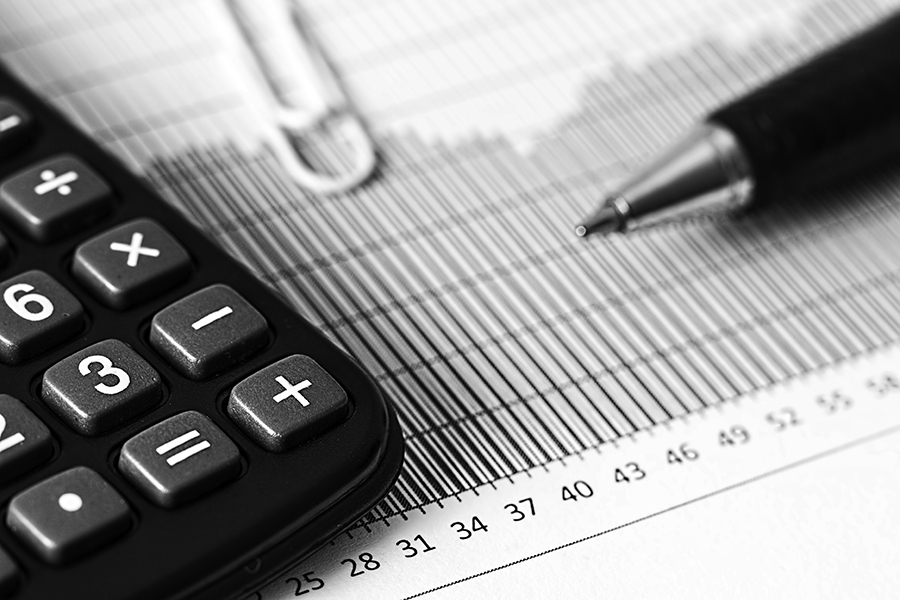Jerome Powell, Chairman of the Board of Governors of the Federal Reserve System, has said that the current uptick in inflation is temporary and he expects inflation to subside in 2022. Despite rising inflation, the Fed is not in an inflation-fighting mood.
Powell’s view rests heavily on interruptions in the supply chain that have caused temporary shortages leading to price spikes. Powell recognises that declines in demand in 2020 led to low inflation that year and says that the 2021 inflation spike is only offsetting unusually low inflation from 2020.
Once people expect inflation, they are quicker to raise prices
There are arguments leaning in the other direction, however. Most significantly, the effect of inflationary expectations. Sellers are reluctant to raise prices when inflation is low, so it takes a while for inflationary monetary policies to result in actual inflation. Once people expect inflation, they are quicker to raise prices to keep up with the general rise in prices. As the 1970s showed, inflation, once started, can be difficult to stop.
Let’s set aside those various arguments and look at the official numbers from the Bureau of Labor Statistics. The most highly publicised number is the year-over-year inflation rate (from June 2020 to June 2021), which is 5.4%. The Consumer Price Index rose by 0.9% in June alone. Those numbers reveal the spike that Powell says is temporary.
At the end of the linked article, John Williams, President of the Federal Reserve Bank of New York, says he expects inflation to be around 3% this year, dropping to 2% in 2022. That is unlikely.
Williams’s projection of 3% inflation this year is wishful thinking
Inflation in the first six months of 2021 (December 2020 to June 2021) has been 4.3%. That would be the year-end 2021 inflation rate if prices do not rise at all for the remainder of the year. That won’t happen. Williams’s projection of 3% inflation this year is wishful thinking.
Powell conjectured that the current spike in inflation is a result of prices catching up from unusually low inflation in 2020. That conjecture is questionable. For one thing, inflation in 2020 was not exceptionally low. It was 1.4% over the whole year, which is not too far from the Fed’s stated 2% target inflation rate. Going back to June of 2019, prices have risen 6.1% over the past two years, so even with a low inflation rate in 2020, the average annual inflation rate over the past two years is a bit over 3%. Even if Powell’s conjecture is correct, inflation over the past two years has been 50% higher than what the Fed says it is targeting.
People I talk with who actually buy things tell me the prices they pay are rising much faster than the official numbers. Maybe. But I’m looking at the government’s own inflation numbers and there’s not much in them to suggest that the current inflation spike is transitory.
Williams is expecting 3% inflation this year. I’m expecting inflation in 2021 to be above 5%. In six months, we’ll be able to look at the actual numbers and see whose estimate was closer.
Originally republished by the American Institute for Economic Research and reprinted here with permission.







